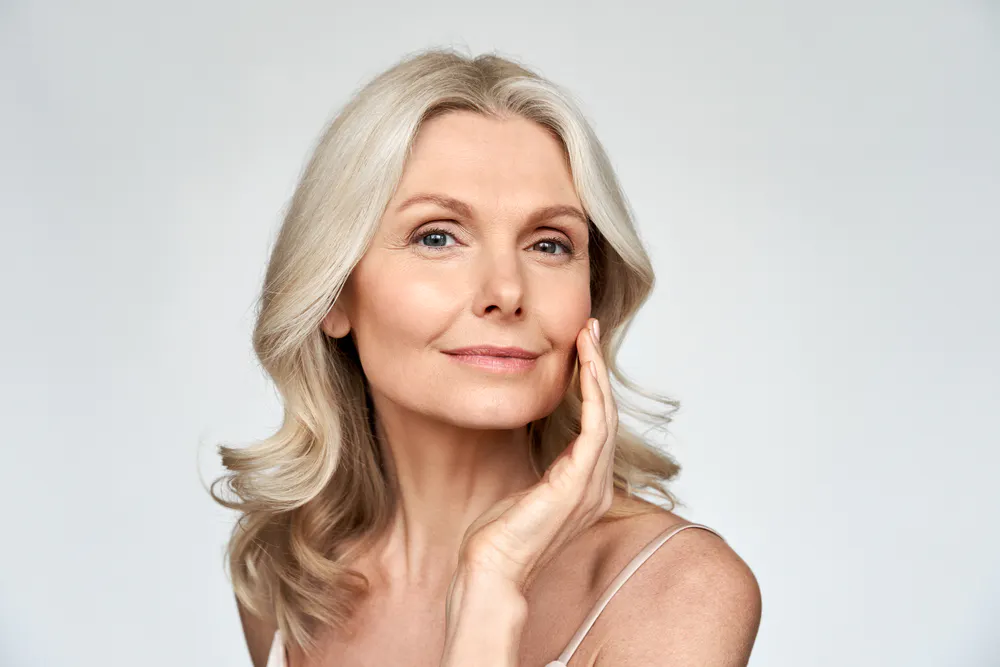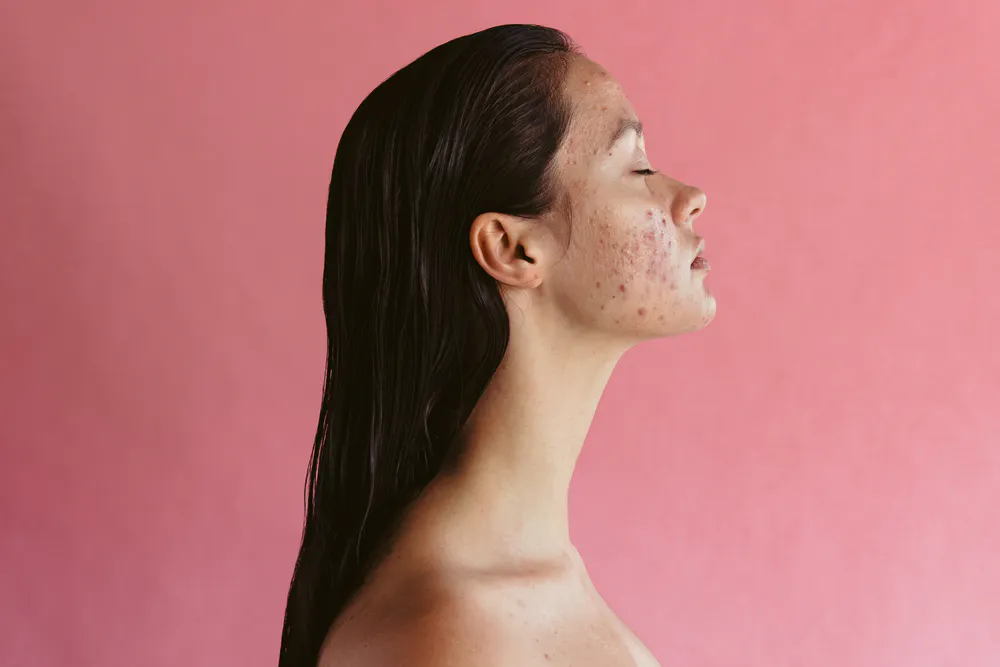Tretinoin is a powerful topical medication renowned for treating various dermatological conditions. Its recent viral popularity on platforms like TikTok has generated significant interest among skincare enthusiasts. This comprehensive A-Z guide provides essential information about tretinoin, covering its applications, mechanisms, and benefits from every angle.
A – Acne Treatment
Acne vulgaris, characterized by comedones, papules, and pustules, occurs when hair follicles become obstructed with sebum and dead skin cells. Tretinoin demonstrates remarkable efficacy against all acne manifestations, including inflammatory and non-inflammatory lesions.
B – Purchase Options
Tretinoin is available for convenient online purchase through MedsBird, offering a streamlined acquisition process.
C – Collagen Stimulation
Comprising 25-35% of bodily proteins, collagen provides structural integrity to skin tissue. This fibrillar protein diminishes with chronological aging, resulting in rhytides and loss of skin elasticity.
D – Cellular Repair
Exogenous stressors including UV radiation and inflammatory processes can compromise cutaneous integrity. Tretinoin facilitates cellular turnover, mitigating potential sequelae such as photoaging, dyschromia, and cutaneous malignancies.
E – Elastin Production
This structural protein confers cutaneous elasticity and resilience. Like collagen, elastin undergoes age-related degradation, contributing to the development of fine lines and loss of skin tone.

F – Fine Line Reduction
Superficial dermal creases, particularly in periorbital and perioral regions, respond favorably to tretinoin therapy through enhanced collagen synthesis and epidermal remodeling.
G – Growth Factor Modulation
Tretinoin influences cytokine signaling pathways that regulate keratinocyte proliferation and differentiation, contributing to its therapeutic effects on acne and photoaging.
H – Mechanism of Action
As a retinoid, tretinoin binds nuclear receptors, modulating gene expression to accelerate cellular turnover and promote formation of organized, compact stratum corneum. This retinoid derivative demonstrates pleiotropic effects on cutaneous biology.
I – Initial Irritation
Transient cutaneous irritation represents a common initial response to retinoid therapy, typically resolving with continued use as the epidermis adapts.
J – Judicious Assessment
Therapeutic outcomes should be evaluated after 12-16 weeks of consistent application, as clinical improvements manifest gradually through cumulative biological effects.
K – Ketrel Formulation
This branded tretinoin preparation exhibits identical pharmacological properties to generic formulations, indicated for acne vulgaris and photoaging.
L – Treatment Duration
Optimal therapeutic outcomes typically require 6-12 months of continuous therapy, with many patients benefiting from indefinite maintenance regimens.
M – Moisturization Protocol
Concurrent use of non-comedogenic moisturizers with broad-spectrum photoprotection (SPF ≥30) mitigates retinoid-associated xerosis and photosensitivity.
N – Neocollagenesis
Tretinoin stimulates production of compact, organized collagen fibers and normalizes keratinocyte differentiation, improving cutaneous texture and appearance.
O – Initial Oiliness
Transient sebum overproduction may occur during early treatment phases as pilosebaceous units undergo normalization.
P – Retinization Period
The initial 3-6 week adaptation phase may involve temporary exacerbation of acne lesions and erythema as underlying microcomedones surface and resolve.

Q – Quality Outcomes
Optimal therapeutic results emerge gradually, with significant clinical improvements typically evident after 3-6 months of consistent application.
R – Patient Testimonials
Clinical observations include:
“Remarkable improvement in cutaneous texture and clarity after prolonged use.”
“Significant reduction in inflammatory acne lesions following the initial adjustment period.”
Additional clinical data available at drugs.com.
S – Adverse Effects
Common treatment-emergent effects include:
- Transient erythema
- Desquamation
- Pruritus
- Cutaneous irritation
T – Therapeutic Benefits
Tretinoin demonstrates multifactorial efficacy including comedolysis, anti-inflammatory effects, and stimulation of dermal matrix proteins. Its recent social media prominence reflects its established dermatological utility.
U – Photoprotection
Enhanced UV sensitivity necessitates rigorous photoprotection during retinoid therapy to prevent photodamage and mitigate carcinogenic risk.
V – Social Media Phenomenon
The proliferation of user-generated content on platforms like TikTok has amplified public awareness of tretinoin’s dermatological applications.
W – Rhytide Improvement
Through stimulation of neocollagenesis and epidermal remodeling, tretinoin reduces the appearance of age-related dermal creases and improves skin topography.
X – Realistic Expectations
Patients should anticipate gradual improvement over months rather than immediate transformation, with optimal results requiring long-term adherence.
Y – Rejuvenation Effects
Beyond cosmetic improvement, tretinoin enhances cutaneous barrier function and may reduce premalignant actinic changes.
Z – Acne Vulgaris
Colloquially termed “zit treatment,” tretinoin remains a cornerstone therapy for acne vulgaris through its effects on follicular keratinization and inflammation.
References:
https://www.webmd.com/drugs/2/drug-3956/tretinoin-topical/details







